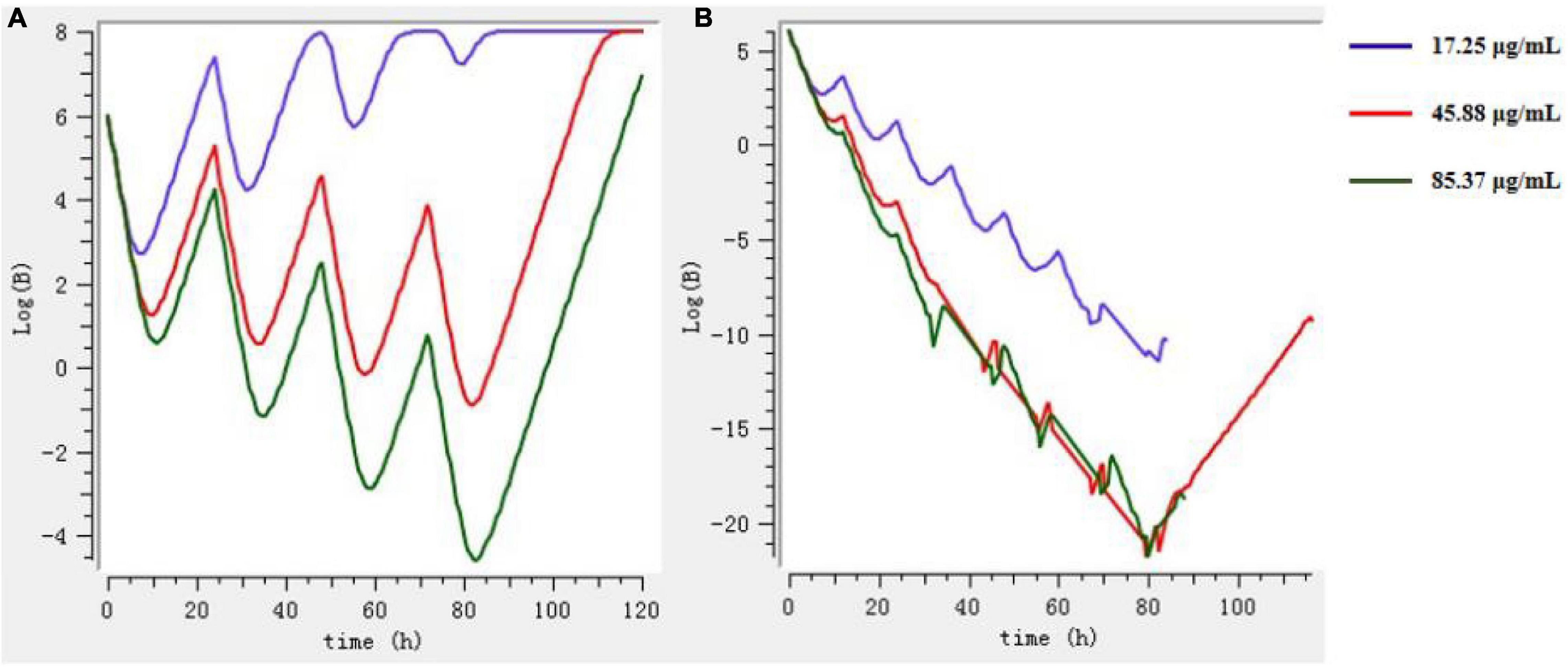

This detection method can only be applied for methods that show a baseline noise, e.g. Determination of the Signal to Noise Ratio (S/N): The detection is checked using antibiotic discs and then by calculating the zone of inhibition. One example could be the detection of the minimum concentration of an antibiotic required to inhibit the bacterial growth. This way of detection is mostly common for methods that do not use any instruments. LOD can be evaluated in 3 different ways: 1. Depending on whether the method is instrumental or non-instrumental, different recommendations are made by the ICH Q2(R1) method validation guideline. It is also defined as the lowest concentration that can be separated from a background noise with some reliability.

The limit of detection LOD (or detection limit, DL) is the lowest possible concentration at which the method can detect (but not quantify!) the analyte within the matrix with certain degree of confidence. Both are terms relevant for analytical method validation. In our blog today, we would like to discriminate between the limit of detection (LOD) and the limit of quantification (LOQ).


 0 kommentar(er)
0 kommentar(er)
